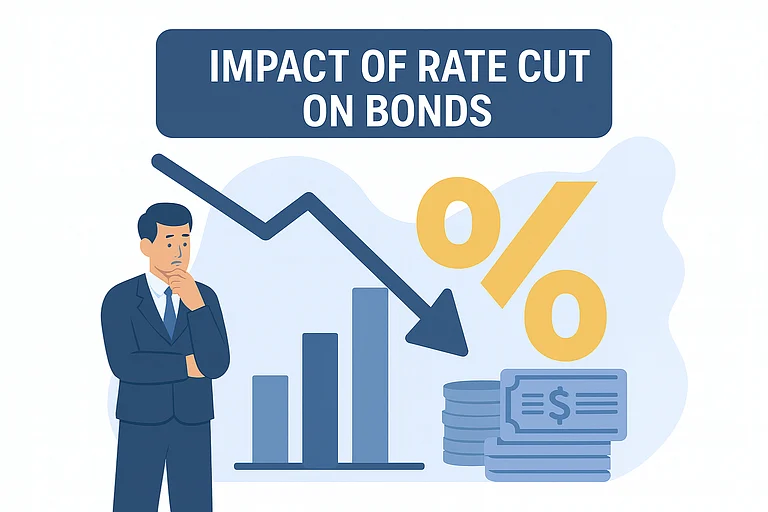A lot has been said about the Indian economy rebounding in the last two quarters of financial year 2021. Although it has resulted in some optimism, the investment picture remained expectedly dark, given the government appeared to be the main driver here and private sector contribution was limited. First, there was surplus capacity with manufacturing and second, there was uncertainty regarding funding. A 6-month moratorium was extended by banks, on the back of a system that was just about coming close to normal, after the NPA (non performing asset) puzzle which followed RBI’s AQR (asset quality review) policy. Therefore there was some hesitancy for lending which can be evidenced from the limited success of the LTRO (long term repo operations), where most of the borrowed money was repaid by banks when the RBI permitted the same.
CMIE data on investment flags this problem. Data provided on new investment projects announced, which is a very good indicator of investment intentions, shows that the aggregate amounted to Rs 5.18 lakh crore in financial year 2021 — the lowest since financial year 2005, when it was Rs 5.63 lakh crore. In financial year 2005, however, this level was a part of the increasing trend witnessed since financial year 2003. Since then, intentions were always above Rs 10 lakh crore each year, with seven of them witnessing above Rs 20 lakh crore.
This figure is disappointing and can be primarily attributed to the lockdown imposed by the government last year. As there have been state imposed lockdowns in April and May this year, which may even extend to June, it does not look likely that there will be a significant recovery in investment in the first quarter, as June will also be a month with several restrictions on business. While there haven’t been any overt restrictions put on construction activity, given the inability of companies to house all labour with Covid protocol, it gets challenging to maintain pace of operations.
The period corresponding to financial years 2012-14 witnessed a trough, when there were several irregularities in allocation of resources leading to a lot of litigation and resultant rise in NPAs of banks, as the quantum of stalled projects increased. The downward movement in financial year 2021 has been due to exceptional conditions for sure, but for a revival to take place, there needs to be an upsurge in demand. Capacity utilisation rate had fallen sharply to 47.3% in June 2020, and since then, recovered to 63.3% and 66.6% respectively in September and December 2020.
The lower level of investments announced is also indicative of the fact that although last year witnessed increase in borrowing, it was subdued for investment, and could have been more for working capital and may have been for re-financing purposes. Investment is a concern because gross fixed capital formation rate has been declining continuously from 34.3% in financial year 2012 to 28.8% in financial year 2020 and is expected to go down further to 26.7% in financial year 2021.
An interesting aspect of these new investment projects announced is that until financial year 2017, government companies dominated the mix with a share of 58%. This has been coming down since then, and in financial year 2021, it was 32%, from 49% in financial year 2020.
Takeaways:
- In financial year 2020, power, transport (airlines mainly), construction and real estate accounted for 72% of total investments announced, while the top 5 industries accounted for nearly 85% of the total.
- In financial year 2021, the top 5 industries accounted for 65% of total intentions led by metals, electricity and chemicals. Hence, power sector continues to be the major contributor to investment.
- In financial year 2021, interestingly, 13 of the 19 industry groups registered an increase in share, which was mainly due to a sharp dip in the transport services sector.
- The increase in share of IT sector is mainly due to most companies switching to a WFH culture, which has led to higher demand for investment by this segment.
Hence, it can be said definitely that investment been a casualty of the lockdowns that were enforced due to the pandemic. While it was hoped that there would be a recovery this year, it was a false start, as from April onwards, the second wave struck the country. With several manufacturing businesses not operating fully, as only essential goods can be consumed, there is a likelihood of a slowdown in recovery. To an extent, sectors like metals, power, IT and chemicals (which include drugs and pharma) will continue to witness momentum. But for investment to be generalised and not localised, overall consumption has to revive. Infrastructure investment will also have to fructify on the private side, and if the Centre and state governments are able to expedite their plans, it would have benefits through backward linkages.













